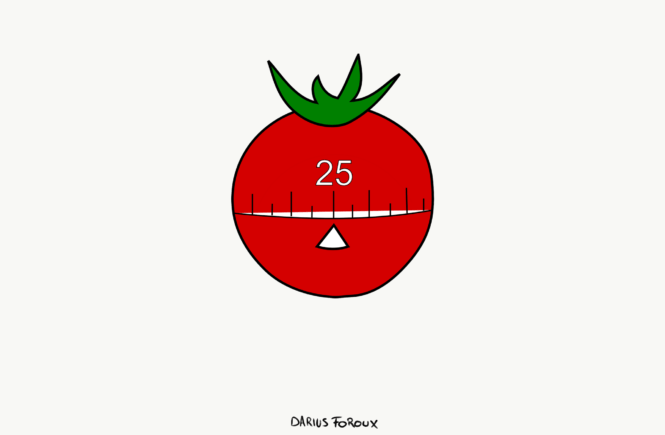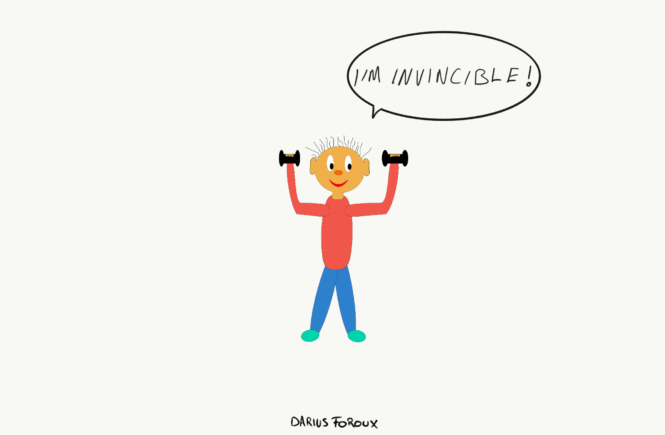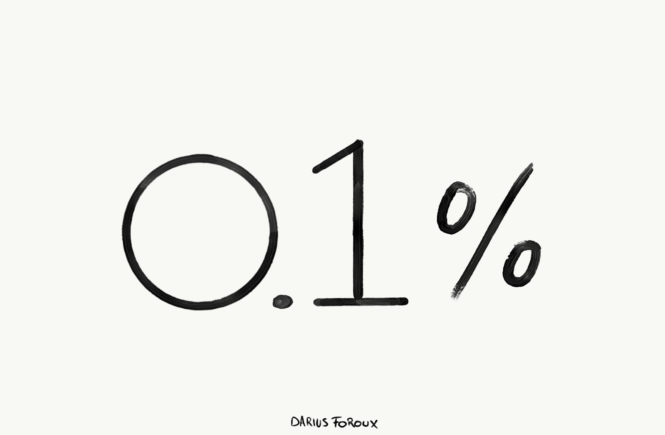Do you spend the majority of your day at your desk? And do you find it difficult to concentrate throughout the day? There’s a simple solution to improve your productivity and focus: The Pomodoro method.
It’s human nature to have a desire to improve your output. For machines, it’s straightforward: You improve speed. Machines get faster and better every day. But what about your personal productivity?
I’ve read dozens of books on productivity. I’ve read countless articles on time management. And I’ve tested different methods to boost my productivity.
The idea is simple: I want to get more done in the same amount of time. I’m not looking for shortcuts or hacks, so I have to do less work. I don’t mind working.
What I don’t like is the feeling of wasting time on stuff that is meaningless. Sometimes I start by watching one YouTube video, and BOOM, 2 hours have gone by.
And then I get frustrated with YouTube. But that doesn’t make sense. It’s like getting angry with alcohol after you’ve spent a night boozing.
It’s not the alcohol, IT’S YOU. You just couldn’t have one drink or watch just one video. Couldn’t you?
I’ve found a way to eliminate that frustration with the distractions of work (not boozing), which makes it a lot more fun to work and less stressful.
Use the Pomodoro Method: Take a 5-minute break after every 25 minutes of work.
The reason this method works is also simple: Evolutionary biology. The human brain can’t focus on a single task for long periods. Our brains are meant to ensure our survival.
To protect us from looming threats the brain is in a constant state of alertness. So focusing on one thing for a long time is hard for your brain.
Research by Alejandro Lleras, from the University of Illinois, showed that deactivating and reactivating work allows us to stay focused.
When you are completing long tasks, such as studying for exams, making presentations or writing reports, it’s best to take short, and planned breaks.
Taking strategic breaks will also increase the quality of your work.
When you take a break, you force yourself to take a few seconds to reevaluate. Sometimes you find that you have to adjust your work to increase the quality.
In contrast, when you work on a task, without a break, it’s easy to lose focus and get lost in the work.
That’s why the 5-minute breaks are equally important as the 25 minutes of work. Take your breaks seriously — see them as a reward.
Use your break to walk a bit, do some stretches, grab a cup of coffee or do something that relaxes you. Feel pleased with the work you have done.
I’ve been working in 25-minute intervals for years. I’ve never got so much work done. I also find it more fun and less stressful to work.
I’ve experimented with different time intervals (25, 30, and 40 minutes), breaks, and 45 minutes is pretty much the maximum.
Some research shows that it’s counterproductive to focus for longer periods of time. So you can experiment with how long you prefer to work before you take a break.
If you want to try the Pomodoro Technique, here are a few other things that can help:
- Use an app to set the 25-minute interval. I use Be Focused.
- Assign just one task to every 25-minute interval.
- Don’t skip your breaks.
- Don’t check your email during your break.
- Take a 15-minute break after 4 intervals.
- Don’t accept interruptions or false emergencies when you’re in a 25-minute stretch.
- Set a daily goal. For example; doing 12 x 25-minute intervals results in 300 minutes of productive work.
With all the noise, it’s easy to forget the importance of taking breaks. You don’t need to read another article about productivity. Instead, take a break.
Sometimes we get lost in the lists and productivity hacks. The truth is that no matter what you do to improve your productivity—you still have to do the work. So you might as well get those 5-minute breaks to recharge.




